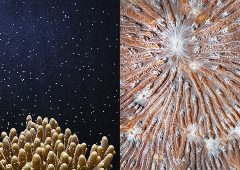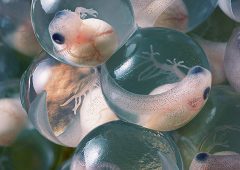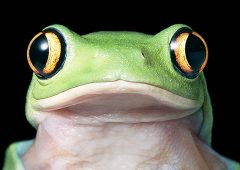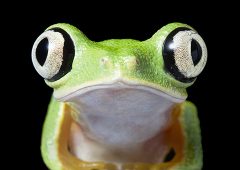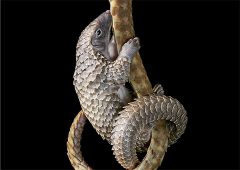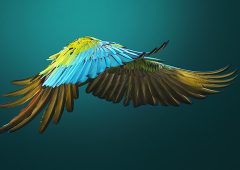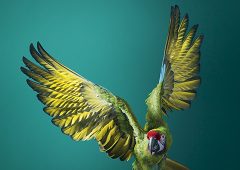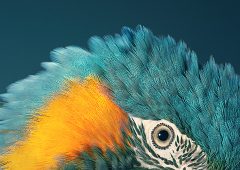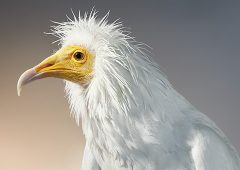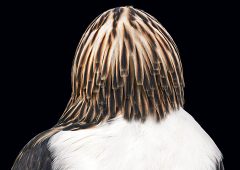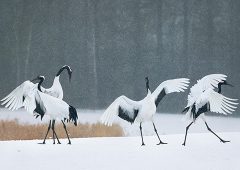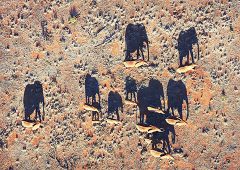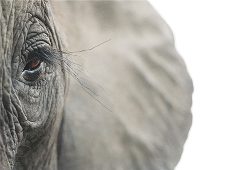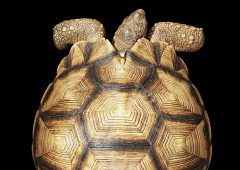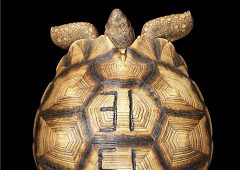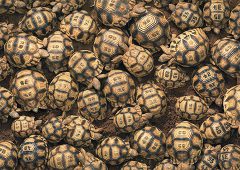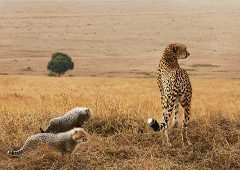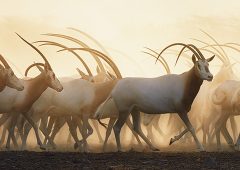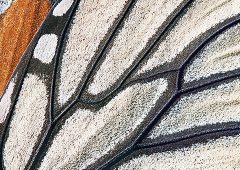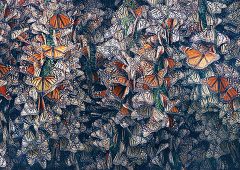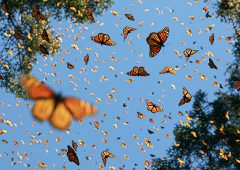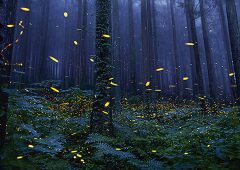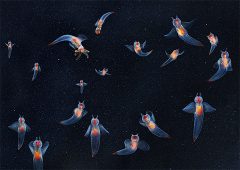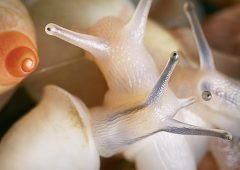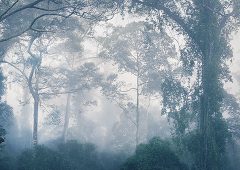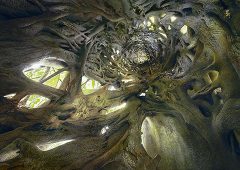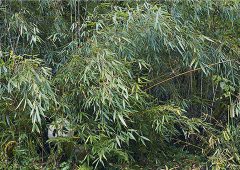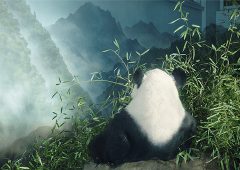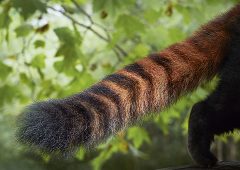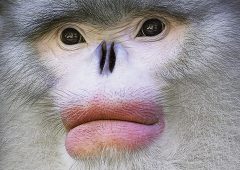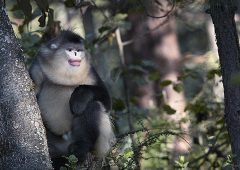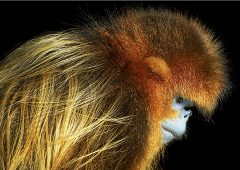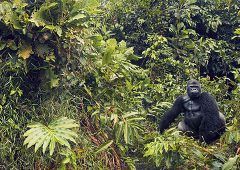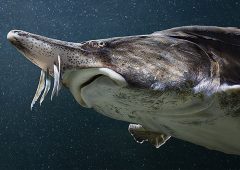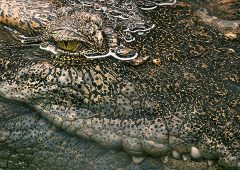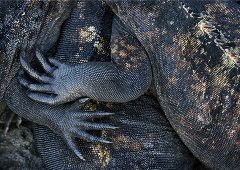'Endangered'
View
Flach’s most recent work, ‘Endangered’, features animals who are on the edge of extinction: some iconic, some lesser known. The intention of ‘Endangered’ is to create images that evoke an emotional connection with the animal, and extend these feelings to images of the animal in their natural landscape. Flach’s collaborators on this project include many of the world’s leading conservationists. Among them is Professor Jonathan Baillie, the chief scientist at the National Geographic society and former director of conservation programs at the Zoological Society of London. Published in 2017, ‘Endangered’ is the embodiment of Flach’s hope that his work will inspire, challenge and inform- that we might use this book as a springboard for positive action. Because, in the words of Jonathan Baillie:
“Never before has it been so important to connect people with nature- our future depends on it.”
Panda Diplomacy
View

These pandas were photographed at the National Zoo in Washington DC, and were given as diplomatic gifts from the Chinese government. Since the 1950s, China has offered pandas as gifts, and more recently loans, to other countries zoos. Thusly, the panda has become an important diplomatic symbol, and has acted as a silent marker of relationships between China and the rest of the world.
This picture is of Tian Tian in his enclosure at the zoo, where the trompe-l’œil mural has intentionally been utilised to great effect. Many people look at this photograph and see Tian Tian is sitting wild, in the Chinese mountains, until the top right hand corner of the image is pointed out to them. Have a look!
Strangler Fig
View

This Gaudi-esque plant is known as a “strangler”, growing on a host tree, which it slowly chokes to death. The sticky seed of the strangler fig attaches itself to the very top of the tree trunk where it gets access to one of the rainforest’s most precious commodities: light. Once attached, it begins it’s slow but steady takeover until it eventually engulfs and kills its host. What you are seeing in this picture is the shell of the strangler fig, and the void left when the host tree has died and decomposed. Nasty as the strangler fig sounds however, due to its frequent fruit bearing, it is considered a ‘keystone species’, one that has a disproportionately great effect on its habitat. Whilst throttling its host tree to death, the strangler fig is also providing the forest’s wildlife with a huge percentage of their diet, making an important symbol of life and death in the rainforest.





